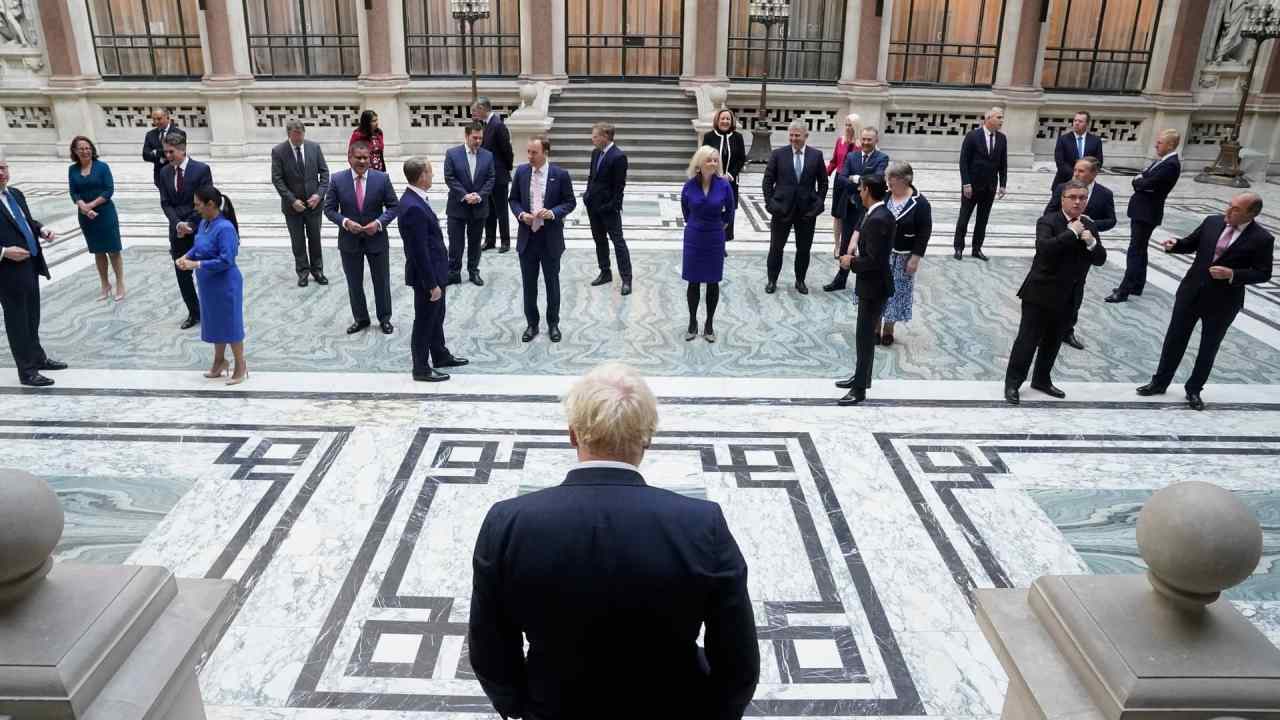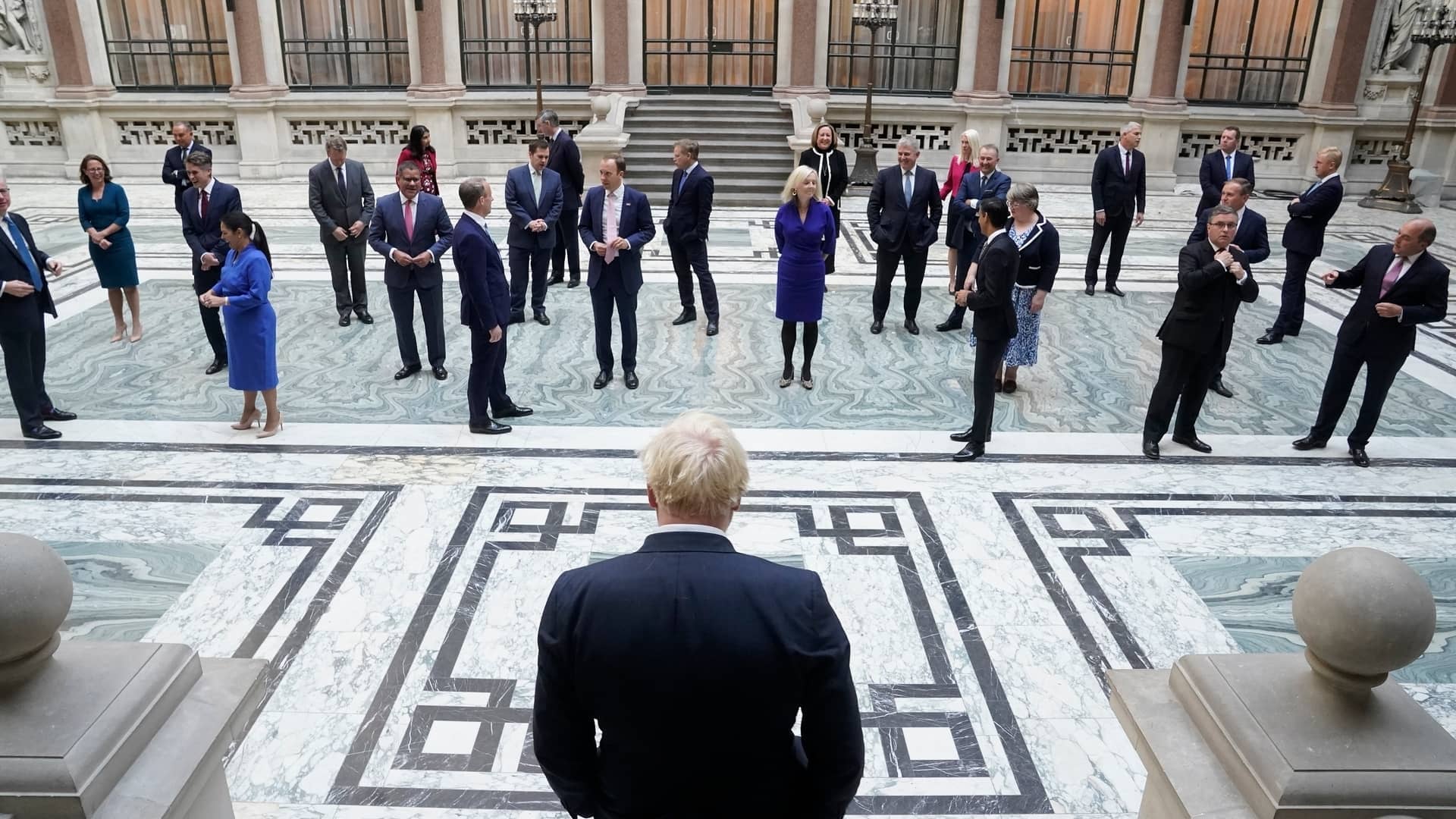Boris Johnson’s attempted reset is underway, with a mini-reshuffle announced this afternoon. The Prime Minister has made a number of changes to his top team as part of his efforts to signal to Tory MPs that he has taken on board criticism of his operation and will improve it.
The most striking aspect of this reshuffle is Johnson’s apparent reluctance to upset anyone
As part of the changes, Mark Spencer has been moved from his role as chief whip to leader of the house — with Chris Heaton Harris brought in as his replacement. Jacob Rees-Mogg has been moved from leader of the house to minister for Brexit opportunities and government efficiency — in this role he will attend cabinet. Other appointments include Stuart Andrew moving from the whips’ office to minister of state for housing.
So, what do the appointments reveal? Ultimately this reshuffle has come from a place of weakness. Given Johnson’s recent turmoils began not with partygate but instead the botched handling of the Owen Paterson affair, the Prime Minister has been under pressure ever since then to move Spencer and Rees-Mogg from their positions. The duo played key roles in hatching the bid to stop Paterson’s suspension which spectacularly backfired and led to the Tories losing the formerly safe seat of North Shropshire in the by-election that followed.
There has also been a general frustration building within No. 10 and the party towards the whips’ office — with Johnson’s aides blaming decisions that have backfired on bad intelligence. The hope is that Heaton Harris will be able to adopt a carrot and stick approach — bringing some MPs bruised by recent weeks back into the fold.
But perhaps the most striking aspect of this reshuffle is Johnson’s apparent reluctance to upset anyone. New roles have been found for Spencer, Rees-Mogg and Andrew. Does Johnson have the authority to sack a minister without risking a letter going in? This reshuffle shows that Johnson knows that right now he needs all the friends he can get.








Comments